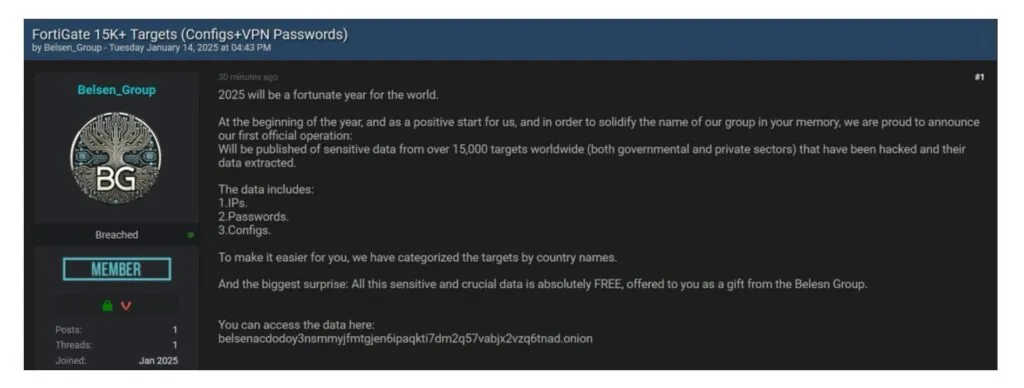Summary
CVE-2025-23006, a critical vulnerability in SonicWall’s Secure Mobile Access (SMA) 1000 Series appliances, is actively being exploited in the wild as a zero-day threat. This flaw allows unauthenticated attackers to execute arbitrary operating system commands via pre-authentication deserialisation of untrusted data. SonicWall has released patches to address this vulnerability and urges immediate action to mitigate the risk.
Key Details
- Vulnerability: CVE-2025-23006
- CVSS Score: 9.8 (Critical)
- Affected Products:
- SonicWall SMA 1000 Series appliances running version 12.4.3-02804 (platform-hotfix) and earlier.
- SonicWall Firewall and SMA 100 series products are not impacted.
- Attack Vector: The vulnerability resides in the Appliance Management Console (AMC) and Central Management Console (CMC) of SMA 1000 devices. Remote, unauthenticated attackers can exploit this flaw to execute operating system commands, potentially compromising the affected systems.
- Discovery: The vulnerability was reported to SonicWall’s Product Security Incident Response Team (PSIRT) by the Microsoft Threat Intelligence Center (MSTIC), which has also observed indications of its exploitation by advanced threat actors.
Potential Impact
- Remote Code Execution (RCE): Successful exploitation enables attackers to gain complete control over the targeted SMA 1000 appliance.
- Threat Landscape: Evidence suggests the vulnerability is being actively exploited as a zero-day in real-world attacks. Advanced Persistent Threat (APT) groups could leverage this flaw for data exfiltration, lateral movement within networks, and potentially as a launch point for broader attacks.
- Operational Downtime: Organizations relying on SMA 1000 appliances may face disruptions in secure remote access functionality if systems are compromised.
Detailed Exploitation in the Wild
- Exploitation Reports: SonicWall PSIRT has received intelligence that CVE-2025-23006 has been exploited in active attacks. According to reports from security researchers (Microsoft Threat Intelligence Center), threat actors are using the vulnerability to compromise vulnerable systems remotely.
- Observed Activity: Exploitation is linked to initial access campaigns targeting organisations’ secure access infrastructure. Specific details of the attack chain have not been disclosed publicly, but the pre-authentication nature of the flaw suggests minimal prerequisites for successful exploitation.
- Indicators of Compromise (IoCs): While IoCs for this exploitation have not yet been published, organisations should monitor logs for suspicious activity targeting the AMC and CMC interfaces of SMA 1000 appliances.
Recommendations
Patch Immediately:
Upgrade to version 12.4.3-02854 (platform-hotfix) or later, as released by SonicWall to address this vulnerability (SonicWall Advisory).
Restrict Access:
Limit access to the AMC and CMC interfaces to trusted IP addresses only.
Implement network segmentation to isolate critical systems.
Monitor for IoCs:
Review access logs for anomalous activity targeting AMC and CMC endpoints.
Look for signs of unauthorised command execution or lateral movement attempts.
Enhance Detection Capabilities:
Deploy intrusion detection systems (IDS) or intrusion prevention systems (IPS) to monitor traffic to and from affected devices.
Update endpoint detection and response (EDR) signatures to detect exploitation attempts.
Conduct Risk Assessments:
Evaluate the role of SMA 1000 appliances within your network architecture and ensure critical systems are appropriately protected.
Stay Updated:
Monitor SonicWall’s advisory page and reputable security sources for additional guidance and IoCs.













Recent Comments